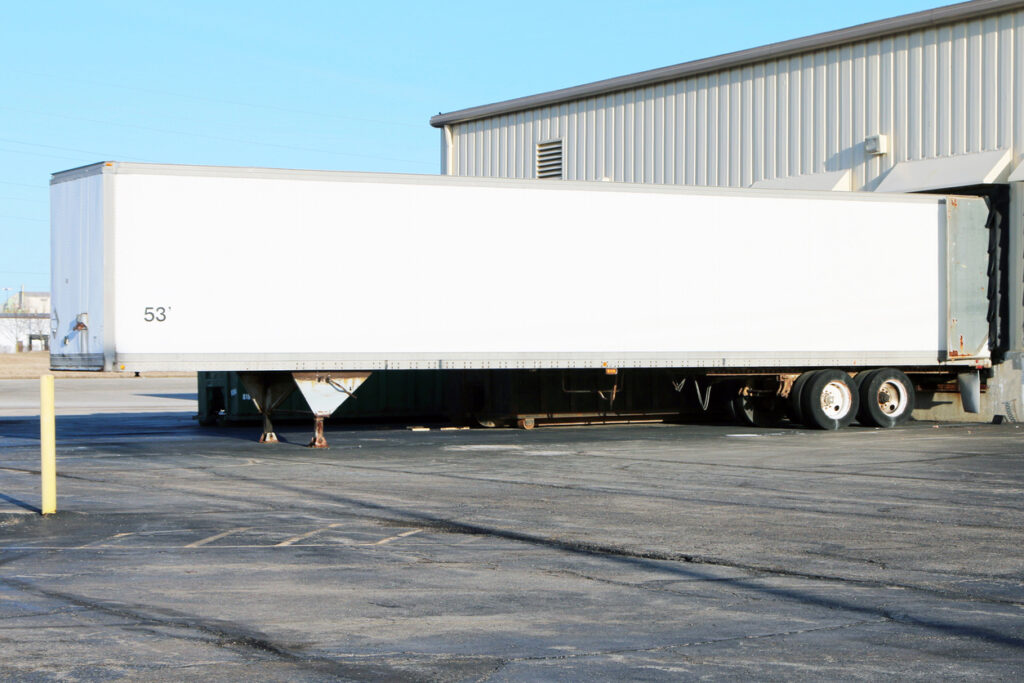Learn how to avoid costly freight reclassifications with this simple freight class guide for Canadian shippers.

Shipping goods across Canada? Understanding freight class is crucial to avoid surprise fees and delays. A simple classification mistake can lead to reweighing fees, billing adjustments, and frustrated customers. This practical guide helps you classify freight correctly the first time, saving you money and headaches.
What Exactly Is Freight Class?
Freight class is a standardized system carriers use to categorize shipments. Ranging from Class 50 (cheapest) to 500 (most expensive), it’s based on four key factors:
- Density (weight per cubic foot)
- Stowability (how easily it fits with other freight)
- Handling (special care requirements)
- Liability (value and risk of damage)
The National Motor Freight Classification (NMFC) system governs these standards in both Canada and the U.S., though Canadian carriers may adjust for regional factors.
Why Proper Classification Matters
Misclassifying freight leads to three big problems:
- Reclassification fees ($50-$150 per incident)
- Shipping delays while carriers inspect disputed shipments
- Higher long-term costs if carriers flag your account for frequent errors
For example: A Toronto manufacturer shipped machine parts as Class 70 but the carrier reclassified them as Class 110 due to fragile components – adding 23% to their freight costs.
Step-by-Step Classification Guide
1. Calculate Density Accurately
Example:
- Shipment weight: 650 lbs
- Dimensions: 48″ x 40″ x 36″
- Cubic inches: 48×40×36 = 69,120
- Cubic feet: 69,120 ÷ 1,728 = 40
- Density: 650 ÷ 40 = 16.25 lbs/cubic foot → Likely Class 85
2. Check NMFC Exceptions
Some items have fixed classes regardless of density:
- Auto parts: Typically Class 85-92.5
- Furniture: Often Class 125+
- Paper products: Usually Class 55-65
3. Note Special Requirements
Add class points for:
✓ Fragile items (+25-50%)
✓ Hazardous materials (special classifications)
✓ High-value goods (increased liability)
Canadian-Specific Considerations
- Bilingual labeling requirements for Quebec shipments
- Winter surcharges may affect certain classes in northern regions
- Cross-border differences between NMFC and Canadian classification practices
Pro Tips to Avoid Mistakes
- Always weigh palletized goods with the pallet
- Measure at the widest points (including protruding parts)
- Document everything with photos before shipping
- When in doubt, consult your carrier before booking
We’re Here to Help
ShipNorthAmerica’s network of trusted carriers knows freight classification inside out. Whether you’re shipping LTL, full truckloads, or specialized equipment, we’ll help you:
- Determine the most accurate class
- Avoid costly reclassifications
- Streamline your shipping process
Learn more about our LTL shipping solutions or contact us for personalized guidance.goods move smoothly.
Explore our LTL shipping solutions or contact us for personalized support.
